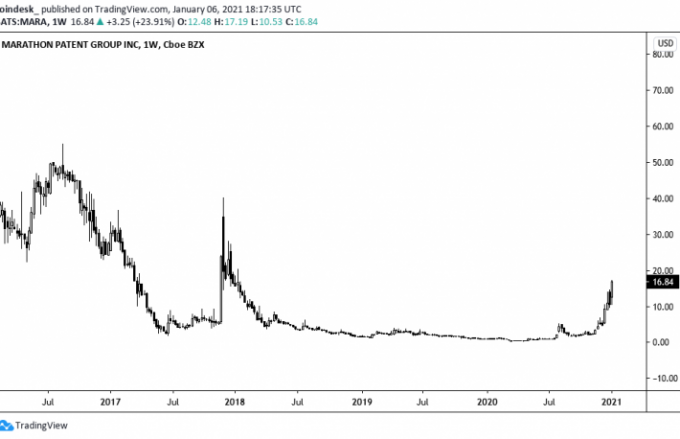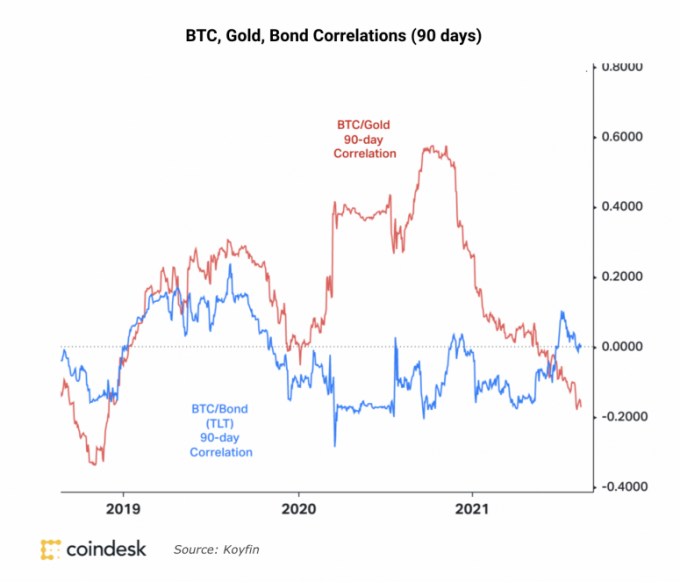BloXroute Labs, a scalability-focused blockchain startup, was successfully able to reduce block propagation time on the Ethereum mainnet in half, according to a third-party tester.
Blockchain advisory firm Akomba Labs ran bloXroute’s Blockchain Distribution Network (BDN) on an Ethereum node in Singapore between Nov. 11 and Nov. 27, finding that average block propagation time – the time a block needs to be produced and shared throughout a blockchain – dropped to 172 milliseconds, less than half the current average time of 360 milliseconds.
Akomba utilized data from a Chinese mining pool as part of the two-week test.
Akomba’s results indicate BDN could have a modest but potentially cascading effect on block propagation in the Ethereum mainnet, one of the largest public blockchains and one of the more expensive to transact on, with gas prices around 20 cents. It is also a frequent target in the scalability debate.
“Ethereum feels the burn of the scalability bottleneck more than any other blockchain out there,” said Uri Klarman, bloXroute CEO. “It’s losing momentum, it’s losing market share. They feel the problem. Most others don’t.”
BloXroute’s approach is a layer 0 solution that reduces transaction size and thus speeds up block propagation time. BDN could broadcast 4 bytes for a 500 byte transaction, for example.
“We don’t send the entire block because if the other gateways know the transaction out of there, you don’t need to send the actual data itself – only pointers saying which transactions are there” said Klarman.
BloXroute had previously tested BDN on the ethereum mainnet in September to similar results. At the time, it clocked about 25 percent reduction in block propagation time.
Klarman said that BDN is already running in some large mining pools and will continue to be gradually introduced to larger pools. Once it does, he says block capacity will increase and fees could fall – if, that is, the added capacity outstrips network demand.
In September, ethereum miners voted to raise the GAS limit to 10 million, up 25 percent from the previous ceiling. That move was made to combat network congestion, and Klarman said demand immediately ate the extra space up.
“We know there is demand for these transactions, which lead us to where we are right now,” he said.





